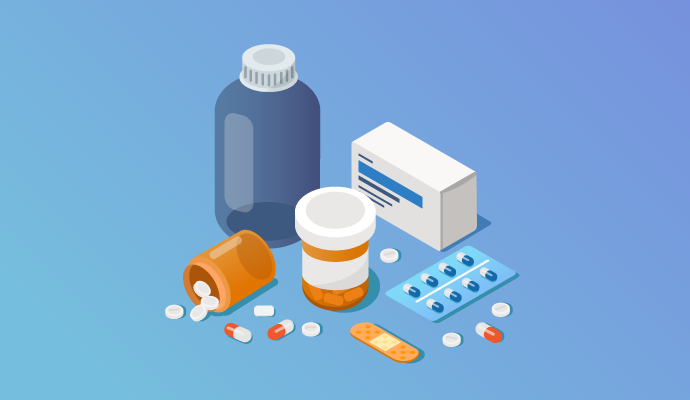Prescription Drug Costs Increased 3X Over the Past Decade
The net and list price gap of prescription drugs continues to widen year over year as net cost rose significantly over ten years, burdening healthcare payers.

Source: Thinkstock
- The net cost of prescription drugs rose over three times faster than the rate of inflation over the last decade, according to researchers from the University of Pittsburgh’s Health Policy Institute.
The study published in JAMA Network Open uncovered that prescription drug prices have steadily increased over the last ten years.
“Previously, we were limited to studying list prices, which do not account for manufacturer discounts. List prices are very important, but they are not the full story,” Inmaculada Hernandez, PharmD, PhD, assistant professor of pharmacy at Pitt and lead author of the study, wrote in the study. “This is the first time we’ve been able to account for discounts and report trends in net prices for most brand name drugs in the US.”
Researchers used data for 602 brand-name drugs to track list and net prices from 2007 to 2018.
They found that inflation-adjusted prices rose by 159 percent and net prices increased by 60 percent, which includes rising manufacturer discounts, rebates, coupon cards, and 340B discounts.
That totals 3.5 times general inflation, the report highlighted.
But most of these discounts were rebates which were paid directly to public and private insurers, researchers noted. Rebates have no effect on the prices patients pay in copays or coinsurance. These are based on list price, not net.
“Net prices are not necessarily what patients pay,” Walid Gellad, MD, MPH, associate professor of medicine and health policy at Pitt, director of the CP3, and senior author of the study, reiterated. “A lot of the discount is not going to the patient.”
Although there was overall variability across various drug classes, drugs such as insulins or TNF inhibitors saw a significant gap between list and net prices. But list and net prices for cancer drugs paralleled one another.
Rising insulin prices has continued to burden healthcare payers and Americans are demanding answers. Last week, the FDA published a final rule and additional resources to provide useful information to healthcare providers to expedite a smooth regulatory transition of insulin to a biologic. This move is expected to lead to reduced drug costs and increased market access.
The rule will balance innovation and facilitate the development and approval of biosimilar and interchangeable products. This will ensure patients are able to afford necessary treatments.
In its 2018 Biosimilar Action Plan (BAP), the FDA established a framework for manufactures to bring biosimilar and interchangeable versions of insulin to the marketplace to enhance the approval process of affordable drugs for all patients.
Researchers also emphasized that multiple sclerosis treatments were outliers in the study because even after discounts were applied, net prices more than doubled over the decade in inflation-adjusted dollars.
Medicaid beneficiaries also saw large discounts, likely reflecting regulation. This includes the mandatory Medicaid rebate based on price increases over inflations. In contrast, other payers saw discounts based on negotiations.
The Senate Finance Committee is looking into a bill that would make rebates and discounts similar or the same for all payers.
“We’re seeing a lot of discussion that net prices have stabilized over the last few years, and that does appear to be the case,” said Gellad, who is also a physician and researcher with the VA Pittsburgh Healthcare System. “But the stabilization of net prices comes on top of large increases over the last decade, many times faster than inflation, for products that have not changed over this time period. In addition, this net price is an average, with substantial variability across payers and drugs.”
